The first time I tried tamarind agua fresca was at a Mexican restaurant in Barcelona. It was love at first sip! This wasn’t my first experience with the flavors of tamarind though. My first experience with tamarind was in Maui, Hawaii. I was ordering shave ice, and I saw “tamarind” listed as one of the syrup choices. I asked about it, and they said it was a little sour. Well, they had me at “sour,” so I tried it, and it is now one of my favorite syrup flavors for shave ice!
Tamarind agua fresca, is also known as agua de tamarindo or tamarind water. It is a popular drink in Mexico, and I understand why. Tamarind agua is so light and refreshing. It makes the perfect drink on a hot day. If you’ve never tried it, I hope you’ll give this simple recipe a try. I’m pretty sure you’re going to love it too!
What is Tamarind?
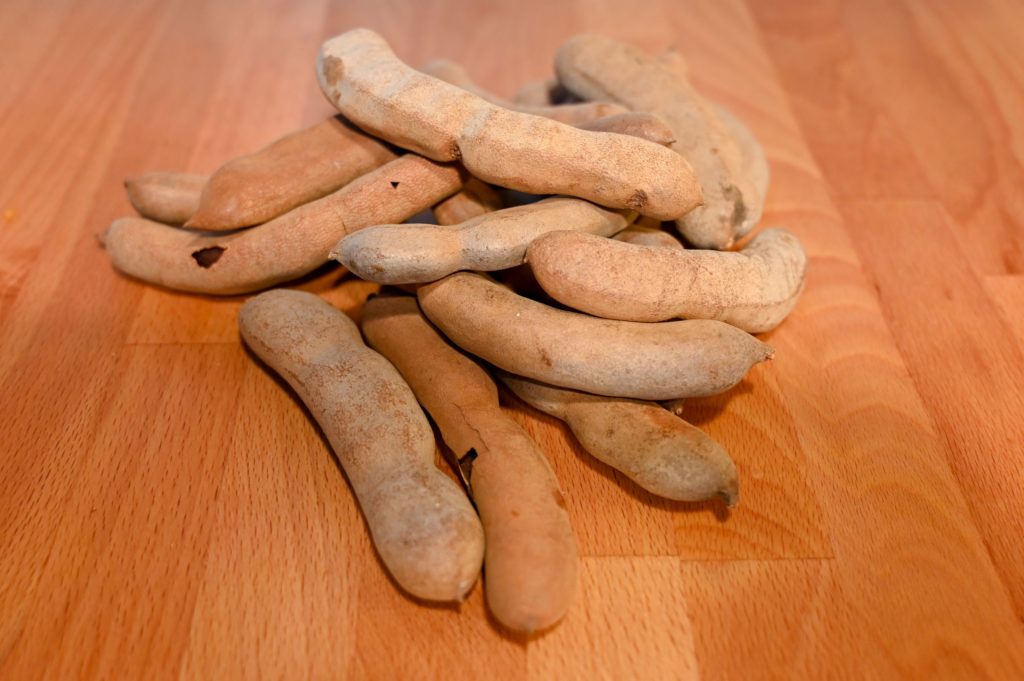
Tamarind is a fruit from the legume family. It looks like those little seed pods that fall off certain kinds of trees or like giant odd-shaped peanuts. Inside the shell is where the fruit is. It’s a soft, chewy sort of fruit surrounding multiple seeds.
Eating Tamarind Fruit
The tamarind fruit is a nice blend of tart and tangy with a hint of sweetness. You can eat fresh tamarind by removing the shell and chewing the fruit off the seeds and spitting them out. I know it sounds a little gross, but think of it like a cherry, where you eat the fruit from around the pit and then spit out the pit.
Many cultures use tamarind in cooking too. I’ve yet to try using it that way, but I would like to. I love eating the fruit as is, or dried and seeded like these that I ate while in Thailand. However, using it to make tamarind agua fresca is probably my favorite. It’s a unique flavor, and its refreshing taste hits the spot on a warm summer day.
Health Benefits of Tamarind
Tamarind has many reported health benefits such as: lowering blood sugar, helping with stomach problems, treating colds and fevers, used as an anti-inflammatory, and helping to regulate cholesterol levels.
It is also a good source of vitamins and nutrients such as iron, fiber, potassium, phosphorus, vitamin C, and more. I don’t recommend you try to self-medicate with tamarind, only to show that in addition to being delicious, it also provides a variety of health benefits.
How to Make Tamarind Agua Fresca
Tamarind agua is incredibly easy to make. You only need three ingredients: tamarind, water, and sugar (to taste).
Remove the tamarind shells and peel away the veins. Discard the stringy veins and shells.
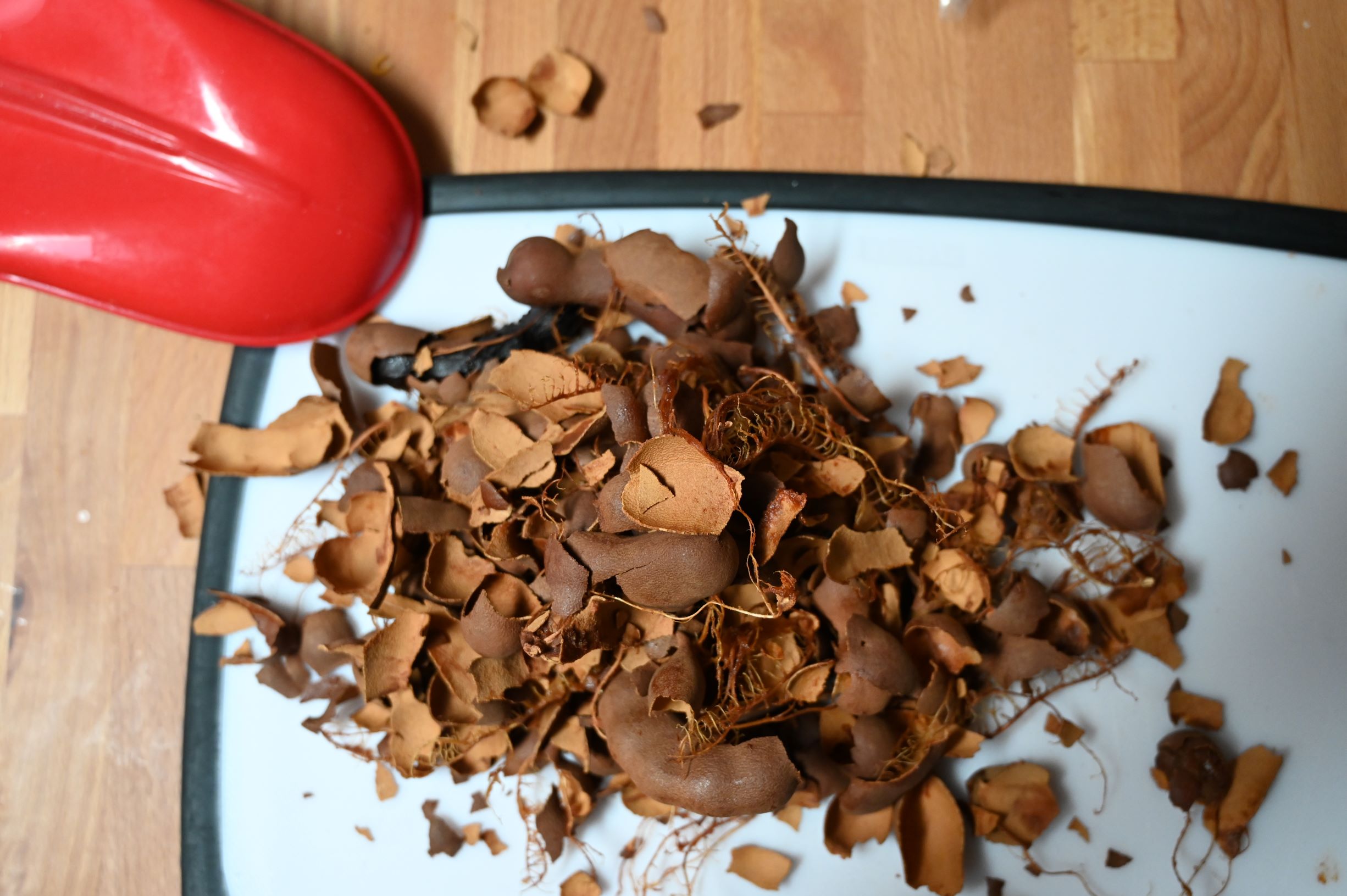
This is easy to do, but the fruit (also called the pulp) of the tamarind is sticky, so your hands will get a little sticky in the process. I like to squeeze the sides of the shell, and sometimes, if I’m lucky, I can slide the fruit with seeds right out of the shell. It’s kind of like when I’m eating crab, and I get the perfect crack of the shell, so the whole piece of crab comes right out!
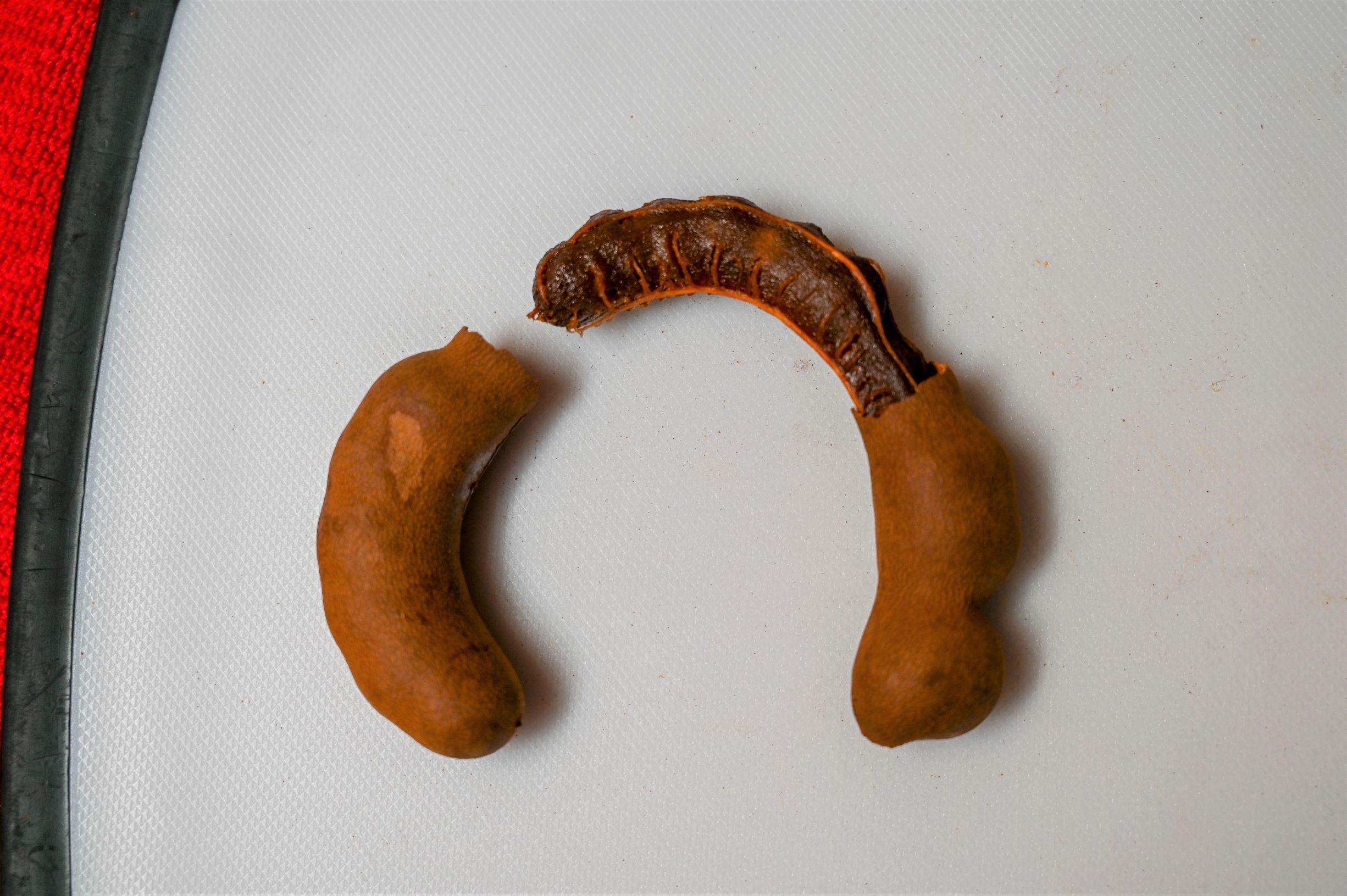
Place the shelled tamarind in a medium saucepan and cover with four cups of water. Bring to a boil, then reduce the heat to medium-low and cook for 15 minutes.
You can also soak the tamarind for 2-3 hours instead of boiling. I’ve made tamarind agua fresca both ways, and I didn’t notice a big difference in taste. So choose whichever method you prefer.
Remove from the heat and let cool completely.
If you’re removing the seeds by hand, it is essential to let the mixture cool to the touch. I still let it cool even if I’m using a blender to remove the seeds, but it’s less important that it’s completely cool when using this method.
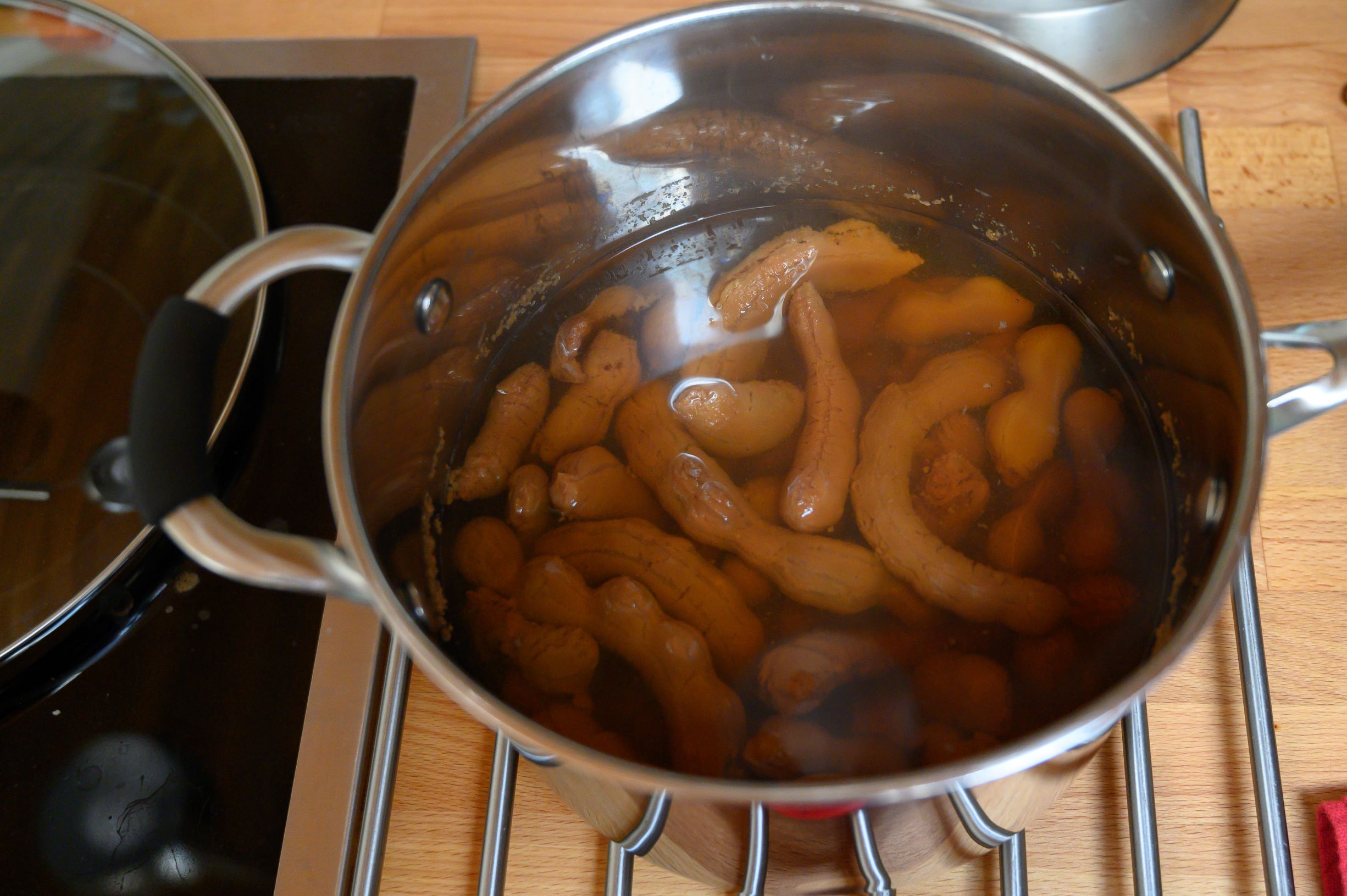
Remove the tamarind seeds.
Remove the seeds from the tamarind and discard. You can remove them with your hands or pour the tamarind with liquid into a blender and pulse on low for about 3 seconds. The seeds should mostly settle at the bottom of the blender. Gently pour the liquid and pulp from the blender and remove any seeds that come through.
Pour the tamarind pulp and liquid through a fine-mesh strainer into a pitcher or 8-cup container.
Try to strain as much of the pulp as possible, as this is where the flavor and nutrients are. If a few seeds get in there, just toss them out along with any veins or pulp leftover after you’ve strained it.
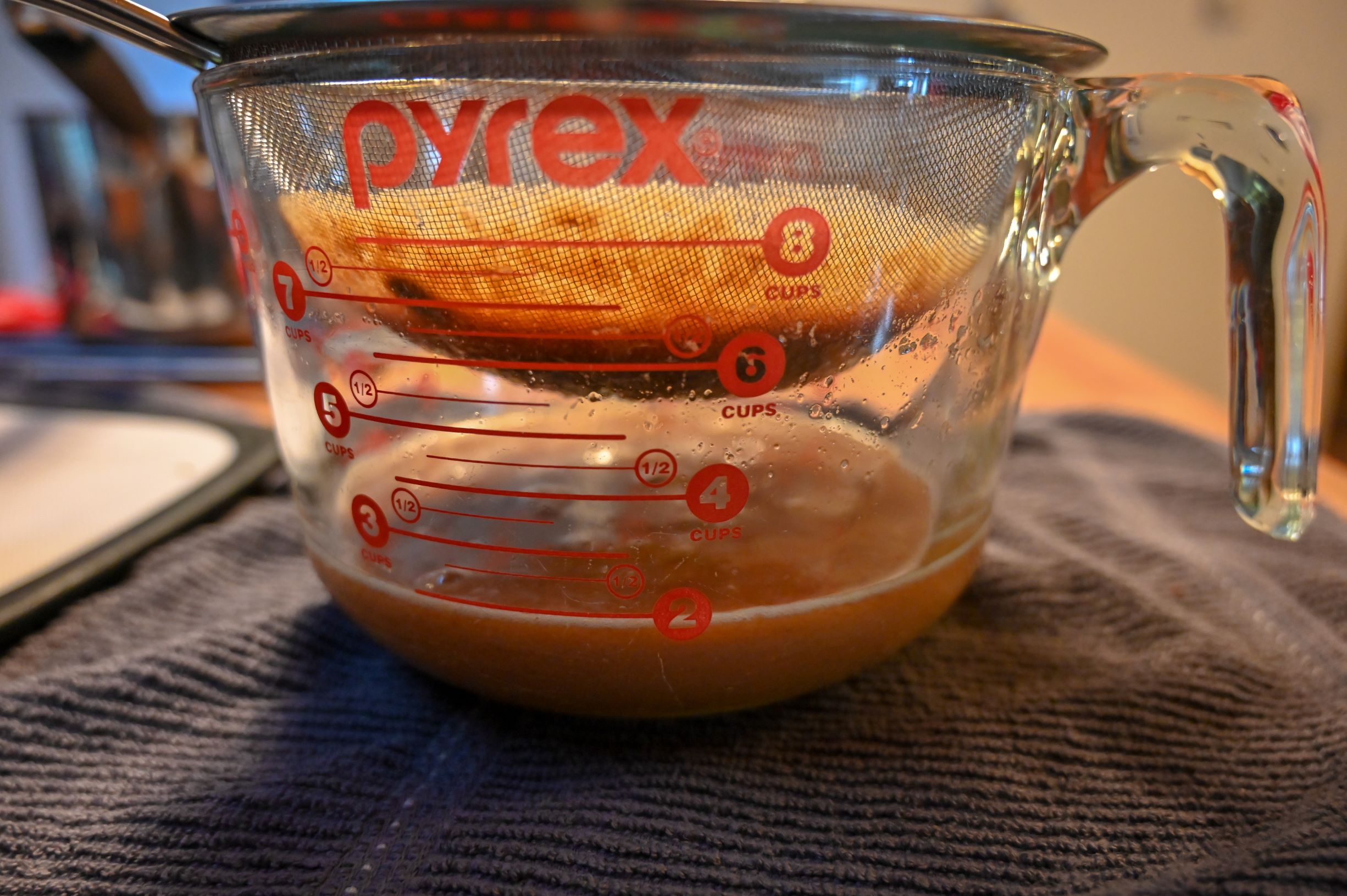
Add 4 cups of water to your tamarind concentrate and sugar to taste. Stir well to mix in the sugar and tamarind pulp.
You can serve the tamarind agua fresca over ice, and if you want, you can add in a splash of lime juice. I like it with or without the lime juice. It’s optional.
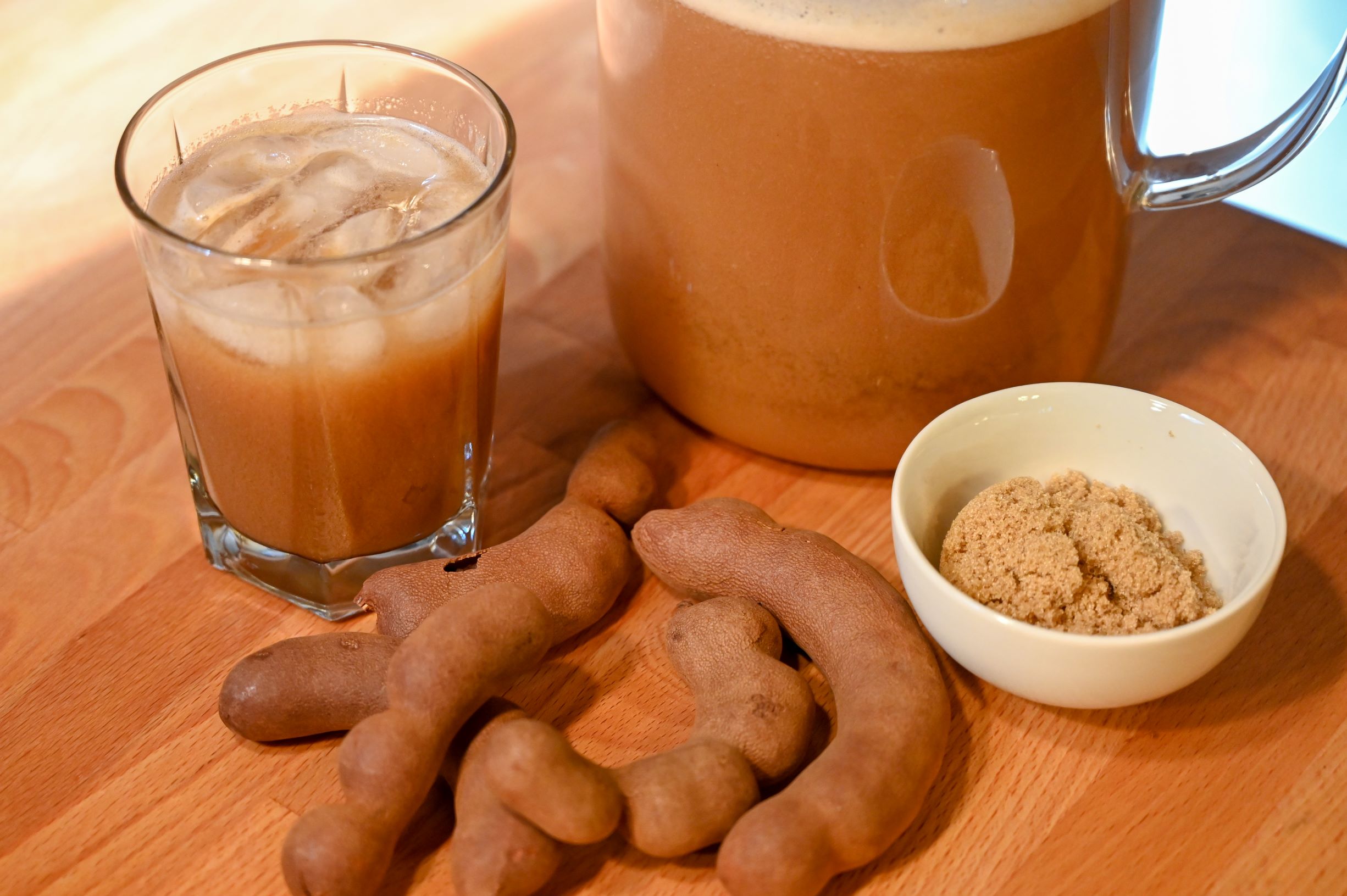
Tips for Making Tamarind Agua Fresca
Choose brown or white sugar based on your preference. If using brown sugar, start with smaller amounts, as it tends to be richer and sweeter than white sugar. Stir the tamarind agua fresca after it’s been sitting as the tamarind pulp settles at the bottom, and it’s where the flavor is.
I buy tamarind in the produce section where you buy what you want and pay by weight. However, sometimes you’ll find it in boxes like the below photo. If you see it labeled “sweet,” this is a more mature version of the fruit, and thus it is sweeter, so I add less sugar when using this variety.
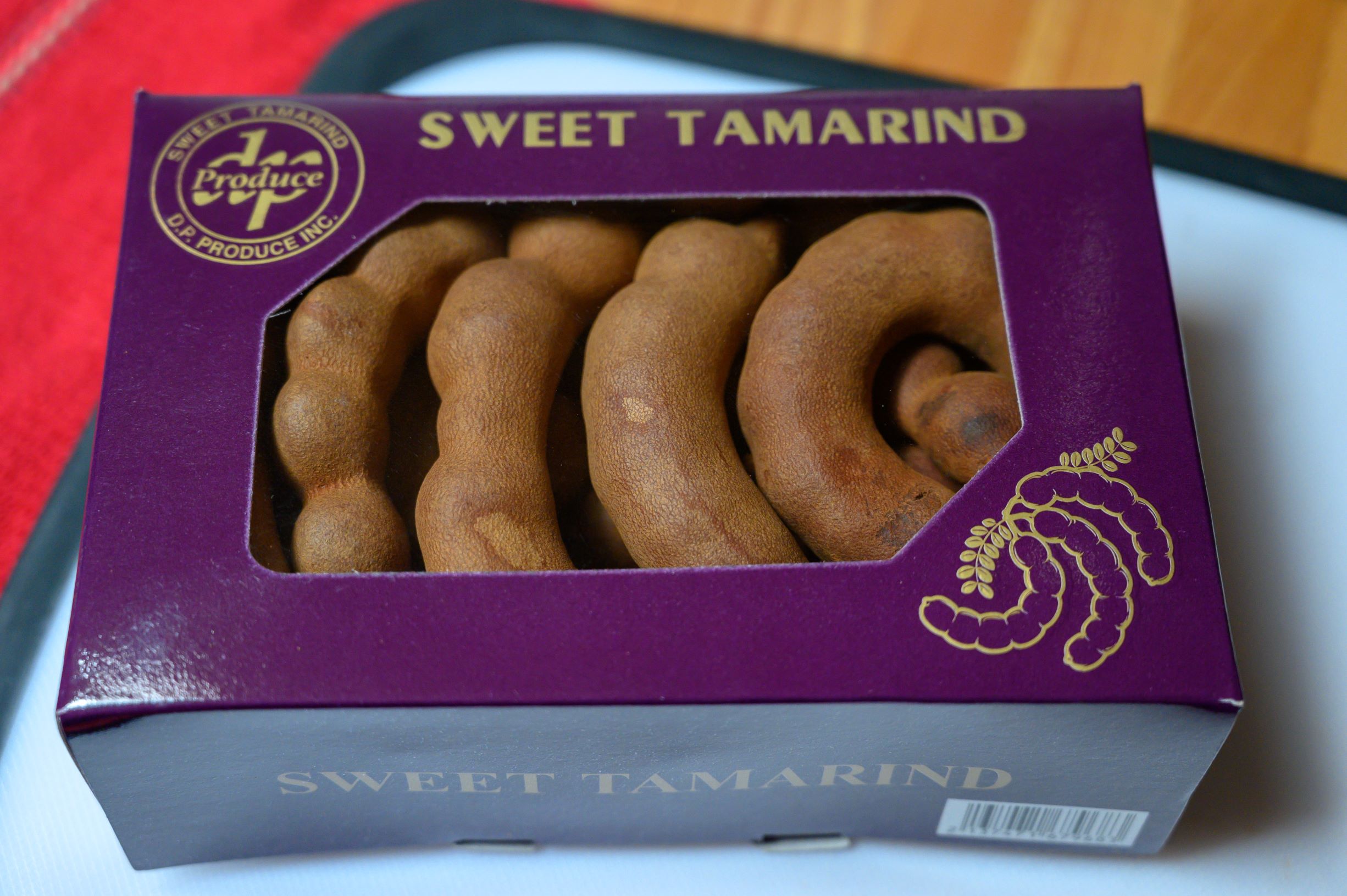
You can also buy the paste in some stores. It’s the pulp without the shell, shrink-wrapped in a block (sometimes you’ll find it in a jar too). You would measure out the amount you want to use and then add water, strain, and blend, just as you did above. I’ve only ever used the fresh tamarind fruit, so I can’t tell you the exact amounts, you’ll need to experiment to get the desired flavor.
So that’s it. Remove shells, boil (or soak) tamarind pulp, then remove seeds, strain the fruit and combine with water and sugar. Voila! Delicious agua de tamarindo!
Tamarind Agua Fresca (Agua de Tamarindo/Tamarind Water)
Equipment
- Blender (optional)
Ingredients
- 15-18 Tamarind pods (about 1lb)
- 8 cups Water (divided)
- 1/4-3/4 cup Sugar (white or brown) (to taste)
Instructions
- Remove the tamarind shells and peel away the veins. Discard the veins and shells.
- Place the peeled tamarind fruit in a medium saucepan with 4 cups of water.
- Bring to a boil, then reduce heat to medium-low and simmer for 15 minutes. (You can also soak the peeled tamarind for 2-3 hours instead of boiling.)
- Remove from the heat and let cool completely.
- Once the tamarind water is cool you can remove the seeds with your hands or pour the contents into a blender and pulse on low for about 3 seconds. The seeds should settle at the bottom of the blender.
- Pour the tamarind pulp and tamarind water through a fine-mesh strainer into a pitcher or 8-cup container. Try to strain in as much pulp as possible as this holds the flavor.
- Add the remaining 4 cups of water and sugar to taste, stir well and enjoy!
Notes
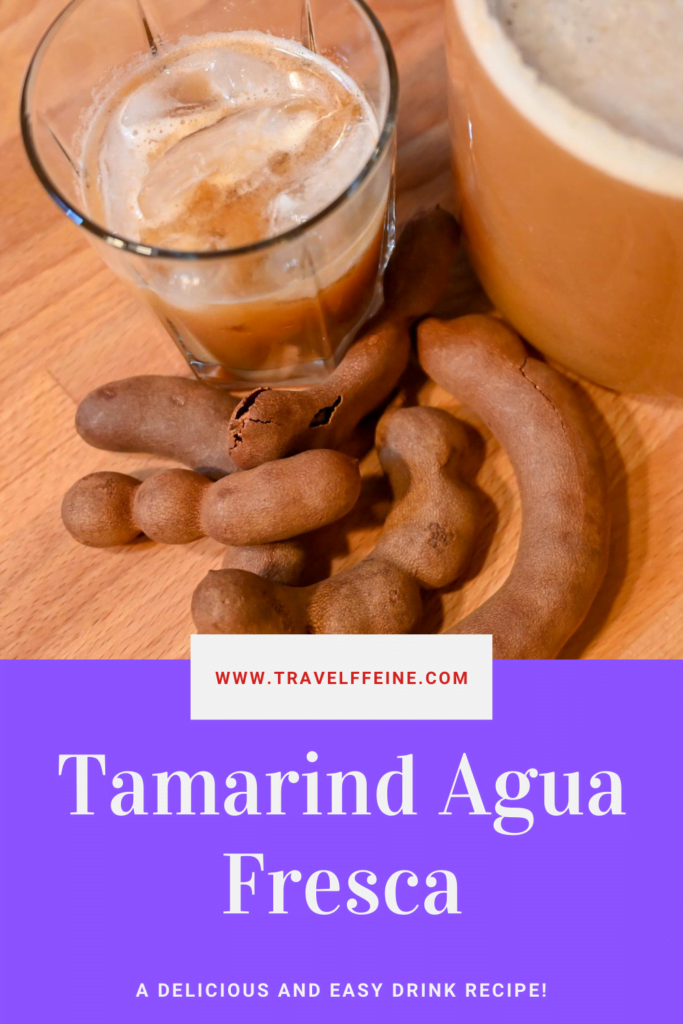
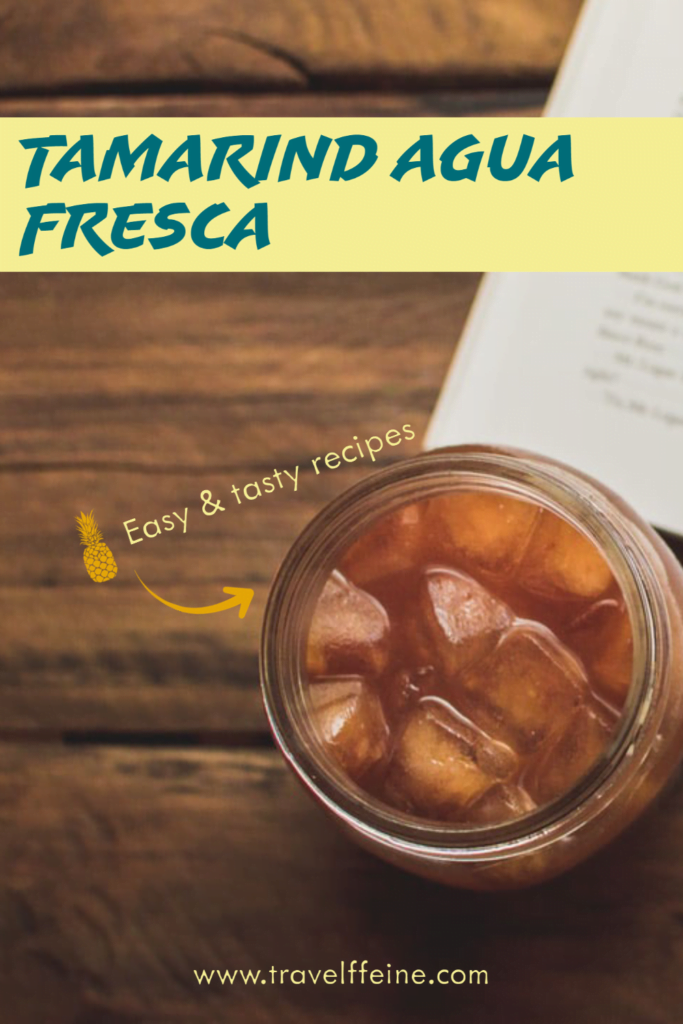
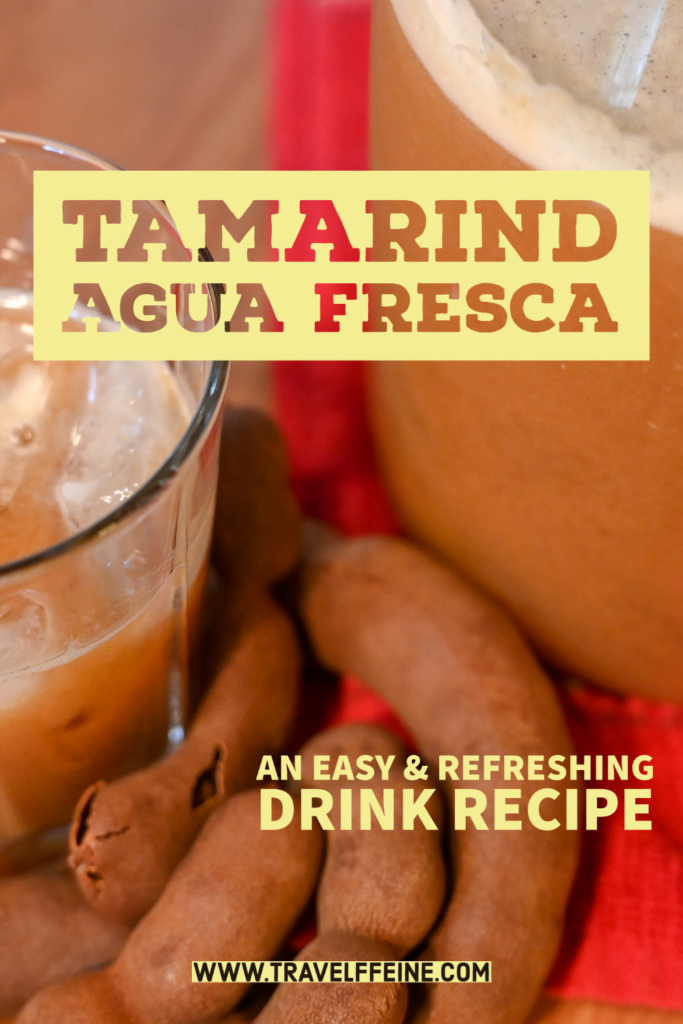
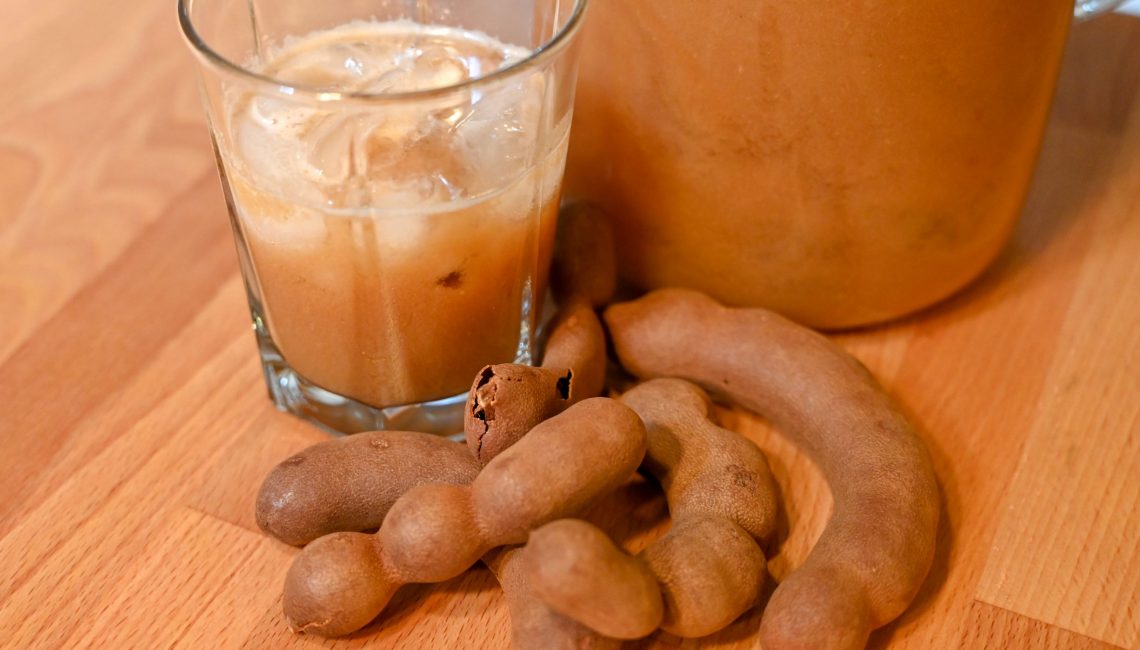

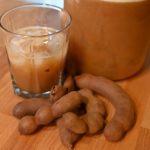
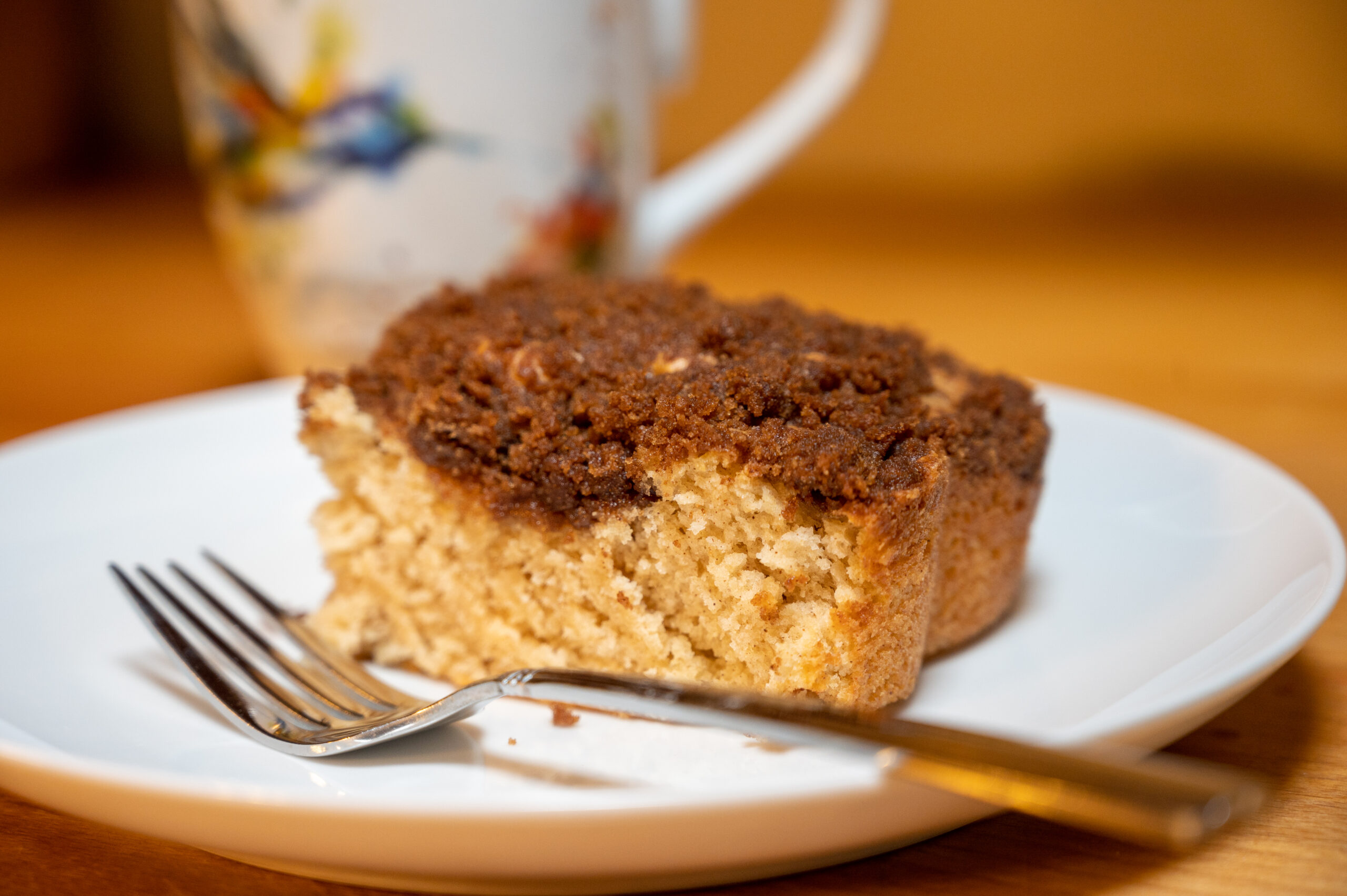


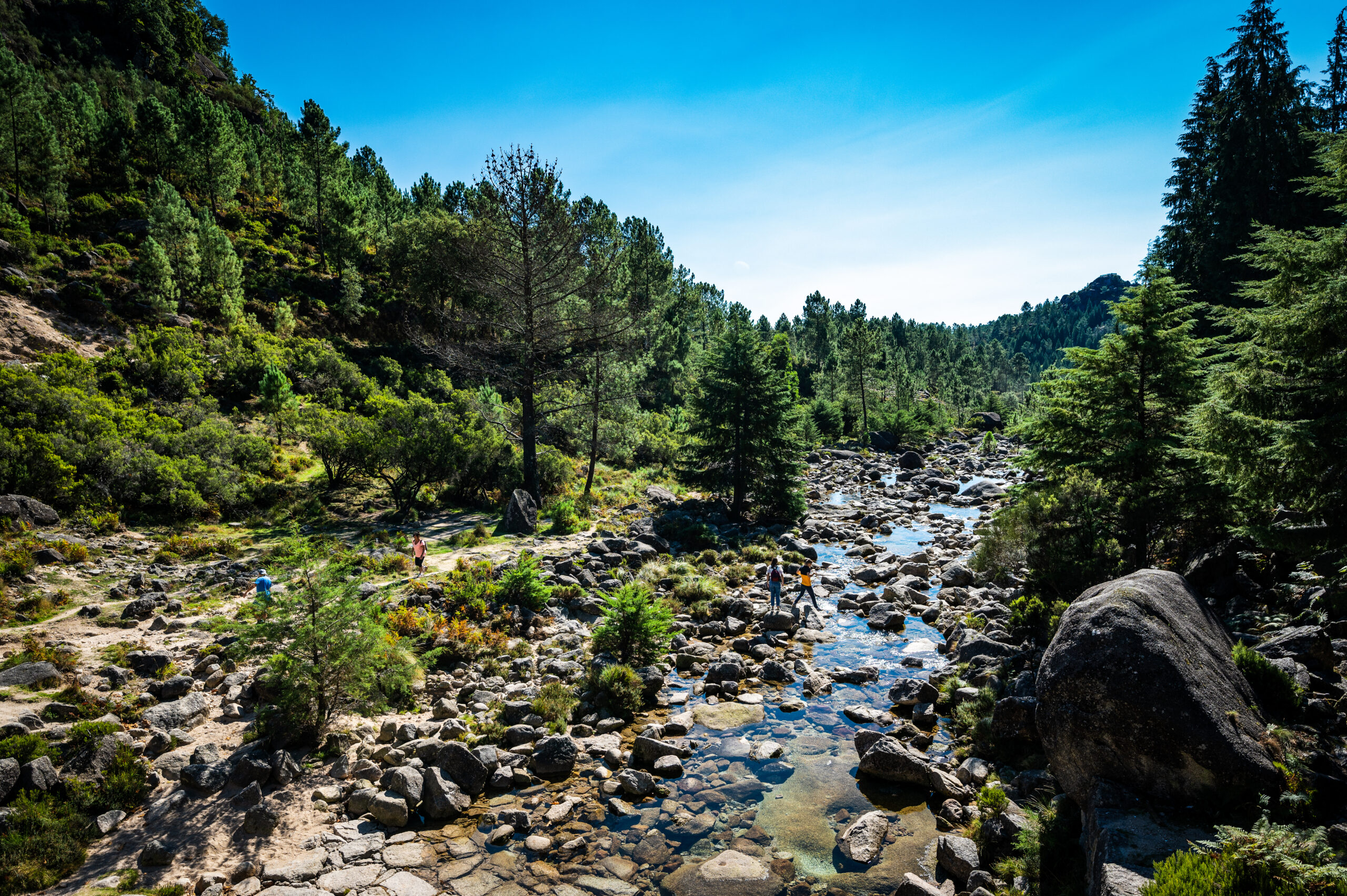

8 Comments
This sounds simply delicious!! Thanks so much for sharing! What stores are you finding Tamarind fruit in?
It is so good! So, it’s funny, I normally buy tamarind regularly at my local Fred Meyer grocery store, then, I create this post, and suddenly they stop stocking them! So I went to an Asian market to get my last batch. I would check Asian markets and also if you have a Hispanic market near you they will often carry them too. I hope you can find them, I was so bummed that my local grocery store stopped selling them. 🙁
I’ve been amazed at the things our Fred Meyer has carried like plantains. They used to carry cassava, but stopped, so we go to Asian or Mexican markets for those. I’m excited to try something new! Thanks!! My favorite drink is Passionfruit juice and we could only find it (hugo de maracuya) at a Peruvian Restaurant in South Seattle and we’d buy some to bring home. Now it’s at our Costco of all places!!
I’ve never cooked with cassava, but I’m curious to know what it tastes like. That’s so great that you can get your favorite drink at Costco now! I love it when that happens, and at least yours is only a juice and not your favorite cake or something, then sometimes you wish it was harder to get. 🙂
This sounds so delicious! I think I am going to get my best friend to help me make this next time I visit!
I’m sure she’ll be happy to make it, just give her advance notice in case they aren’t in season during your visit. 🙂
Why do tamarinds look like turds? 😂😂😂
LOL! Well, they may share a resemblance, but they are so tasty I overlook it. 🙂